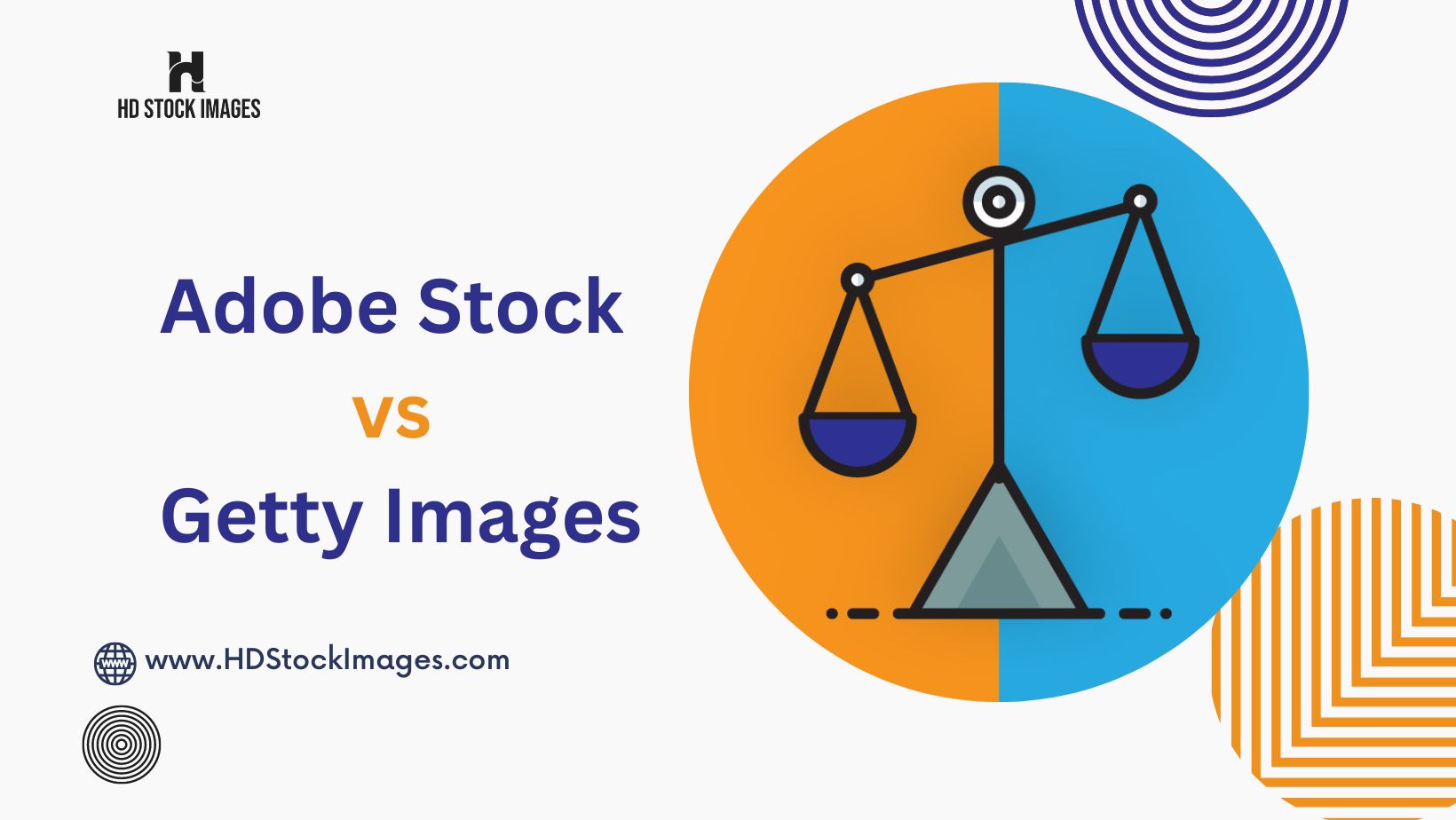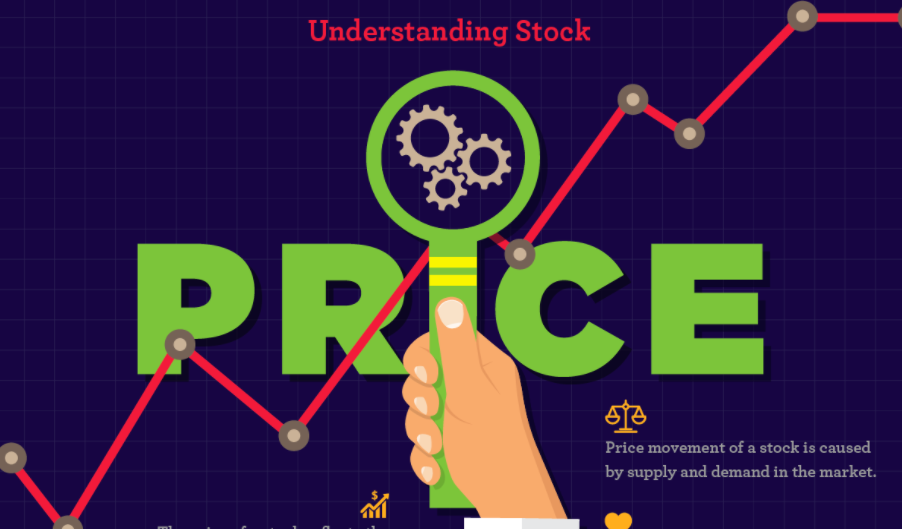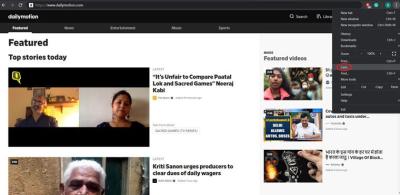Getty Images is one of the world’s leading providers of visual content, offering millions of high-quality stock photos, videos, and music. Founded in 1995, it has become synonymous with professional imagery, serving businesses, media, and creative professionals who seek compelling visuals to enhance their projects. With an extensive library that caters to diverse needs—from editorial and lifestyle to commercial and creative—it has established itself as a go-to resource for anyone looking to elevate their visual storytelling.
Factors Influencing Getty Image Prices

Understanding the pricing structure of Getty Images is essential for anyone looking to license stock photos. Several key factors influence how images are priced:
- Image Quality and Resolution: High-resolution images suitable for print will generally cost more than lower-resolution options meant for online use. For instance, a 300 DPI image may be priced higher due to its versatility.
- Licensing Type: Getty Images offers different types of licenses—rights-managed (RM) and royalty-free (RF). RM licenses might be tailored for specific uses and come with restrictions, while RF licenses allow more flexible use, affecting pricing accordingly.
- Image Popularity: Popular images that have been widely used may command higher prices. Getty evaluates factors like downloads and views, meaning a trending image might be priced at a premium.
- Exclusivity: Exclusive images, which are not available on other platforms, usually have a higher price tag. This exclusivity provides buyers with unique content, making it more valuable.
- Market Trends: Prices can fluctuate based on market demand. For instance, during events like a global pandemic, certain imagery might see a spike in demand, thus increasing its price.
By keeping these factors in mind, users can better navigate Getty's pricing landscape and make informed purchasing decisions.
Also Read This: Simplifying Image Downloading with the Best 123RF Images Downloader
Types of Licensing and Their Costs

When diving into the world of stock photography, understanding the types of licenses available is crucial. Getty Images offers a variety of licensing options, each tailored to different needs and budgets.
Here’s a breakdown of the main types of licenses:
- Royalty-Free (RF): This license allows users to pay a one-time fee for lifetime usage of the image without any additional royalties. Prices can range from $50 to $500 depending on the resolution and exclusivity of the image.
- Rights-Managed (RM): Under this licensing model, the cost varies based on factors such as usage type, duration, geographic reach, and exclusivity. For example, an RM image used for a national advertising campaign might cost $1,000 or more, while local use may be as low as $200.
- Editorial Use: These images are typically licensed for news and editorial contexts only. Pricing is usually lower, often starting at $100, but remember, they can’t be used for commercial purposes.
Additionally, Getty Images offers customized pricing for larger projects or exclusive rights, which can be negotiated. It’s always wise to read the fine print to understand what is included in your purchase!
Also Read This: How to Sell Music on Getty Images Opportunities for Musicians and Composers
Comparing Getty Image Prices with Other Stock Photo Sites
When it comes to stock photography, Getty Images is a big player, but how do their prices stack up against other popular stock photo sites? Let’s take a closer look!
| Stock Photo Site | Royalty-Free Image Price Range | Rights-Managed Image Price Range |
|---|---|---|
| Getty Images | $50 - $500 | $200 - $1,500+ |
| Shutterstock | $29 - $499 | N/A |
| Adobe Stock | $29.99 - $399.99 | N/A |
| iStock | $12 - $200 | $50 - $500 |
As you can see, Getty Images often operates at the higher end of the pricing spectrum, especially for Rights-Managed images. However, the quality and exclusivity can justify the cost for professional projects. Additionally, consider the specific needs of your project when choosing a stock photo provider—sometimes, a less expensive option may suffice!
Also Read This: How Much Do Videos Make from Getty Images
5. Tips for Finding Affordable Getty Images
Finding affordable Getty Images can feel like searching for a needle in a haystack, especially when you’re working within a tight budget. But don’t worry! Here are some handy tips to help you score great images without breaking the bank.
- Utilize the Advanced Search Filters: When browsing Getty Images, make use of the advanced search filters. You can narrow down your search by price, orientation, and even image type. This feature allows you to find images that fit your budget more easily.
- Check for Subscription Plans: If you need images regularly, consider opting for a subscription plan. Getty offers various subscription options that can significantly lower the cost per image compared to purchasing them individually.
- Look for Special Offers: Keep an eye out for seasonal sales or promotional offers. Getty occasionally runs discounts that can help you save money on your image purchases.
- Consider Editorial Images: Editorial images are usually more affordable than commercial ones. If your project permits, these can be a great way to get stunning visuals at a lower price.
- Explore Image Bundles: Sometimes, Getty offers bundles of images at a reduced rate. If you find a set that fits your needs, this can be a cost-effective solution.
6. Conclusion and Final Thoughts
Understanding Getty Image pricing for stock photos can be a game-changer in your search for high-quality visuals. It’s important to remember that while Getty Images is known for its premium content, there are plenty of ways to find affordable options without sacrificing quality.
By taking advantage of advanced search filters, subscription plans, and promotional offers, you can navigate the platform more effectively. Not to mention, exploring editorial images and bundles can further stretch your budget.
Ultimately, the key is to be strategic and proactive in your approach. Always compare prices, evaluate your options, and make informed decisions. With these tips in your toolkit, you’ll be well on your way to finding the perfect stock photos that fit your budget!
 admin
admin








